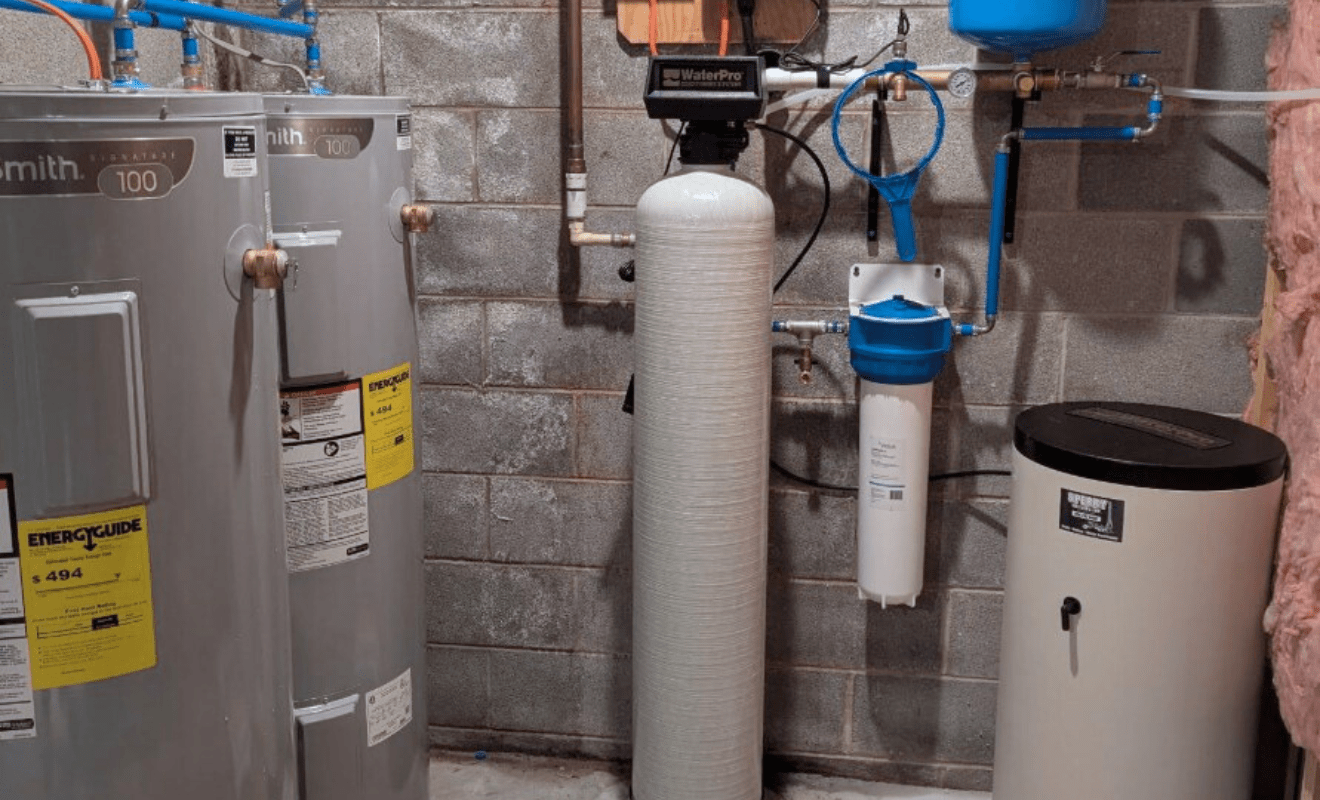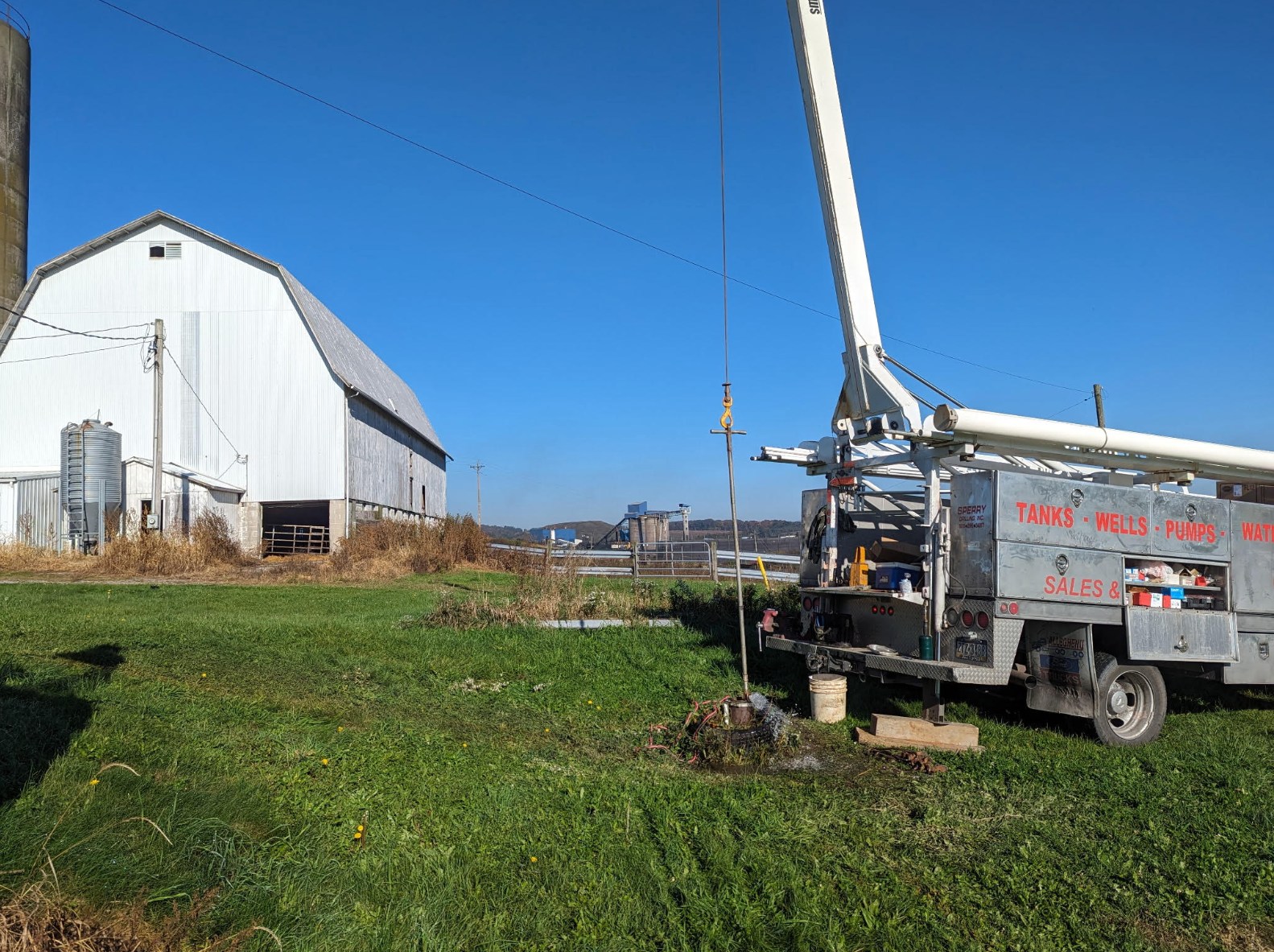As energy costs rise and environmental concerns grow, more homeowners are turning to geothermal heating and cooling systems for sustainable comfort. At the heart of any geothermal installation is the ground loop system—a series of pipes buried underground that transfers heat to and from the earth.
But not all geothermal loops are created equal. The two primary types—open-loop and closed-loop systems—differ in terms of drilling depth, water usage, efficiency, and maintenance requirements. Understanding these differences can help you choose the best solution for your property.
What Is a Geothermal Loop System?
A geothermal loop system is a network of underground pipes used to circulate a heat-transfer fluid (usually water or an antifreeze solution). These pipes extract heat from the ground in the winter and disperse heat back into the earth during the summer.
There are two main categories:
- Closed-Loop Systems: Use a sealed circuit filled with fluid that continually recirculates through the ground and heat pump.
- Open-Loop Systems: Use groundwater from a well or surface source, which is drawn in, used for heat exchange, and then discharged.
Both systems rely on constant ground temperatures, which remain around 50°F in much of Pennsylvania, for year-round energy efficiency.

Closed-Loop Systems: Efficient and Low Maintenance
Closed-loop systems are the most common choice for residential geothermal installations. There are three main configurations:
- Horizontal loops: Requires more land but shallower trenches (4–6 feet deep)
- Vertical loops: Ideal for smaller lots; drilled 100–400 feet deep
- Pond/lake loops: Submerged in a nearby water body if available
✅ Pros:
- Minimal water use (no discharge)
- Lower risk of system contamination
- Lower maintenance over time
⚠️ Cons:
- Higher upfront cost (especially vertical loops)
- Requires space or drilling access
Closed-loop systems are highly durable and typically last 25–50 years underground, with minimal operational costs after installation.

Open-Loop Systems: Cost-Effective but Site-Dependent
An open-loop geothermal system uses groundwater from a private well, making it a viable option for properties with a high-yield water supply and favorable geology.
✅ Pros:
- Lower installation cost (fewer materials and shallower drilling)
- Higher efficiency in areas with ample water
⚠️ Cons:
- Higher water usage
- More maintenance (scaling, mineral buildup, etc.)
- Subject to water quality and flow rate changes
In Pennsylvania, open-loop systems may require discharge approval from environmental authorities. Proper filtration and water chemistry analysis are essential to maintain system efficiency and longevity.
For more information on open vs. closed loops, see this U.S. Department of Energy resource.
Key Differences at a Glance
| Feature | Closed-Loop System | Open-Loop System |
| Water Usage | Recirculating fluid | Uses and discharges groundwater |
| Drilling Depth | 100–400 ft (vertical) | Varies based on water table |
| Efficiency | High and stable | High, but depends on water flow |
| Maintenance | Low | Higher due to scaling risk |
| Permits | Fewer required | May need discharge approval |
| Best For | Most residential properties | Properties with strong wells |

Choose the Right Geothermal Loop for Long-Term Savings
If you’re considering a geothermal heating and cooling system, Sperry Drilling Inc. has the expertise to help you choose and install the best loop configuration for your property. Our experienced team is here to help deliver long-term savings and sustainability.
Call us today at (814) 267-3487 or contact us online to schedule a consultation or learn more about our geothermal services.




